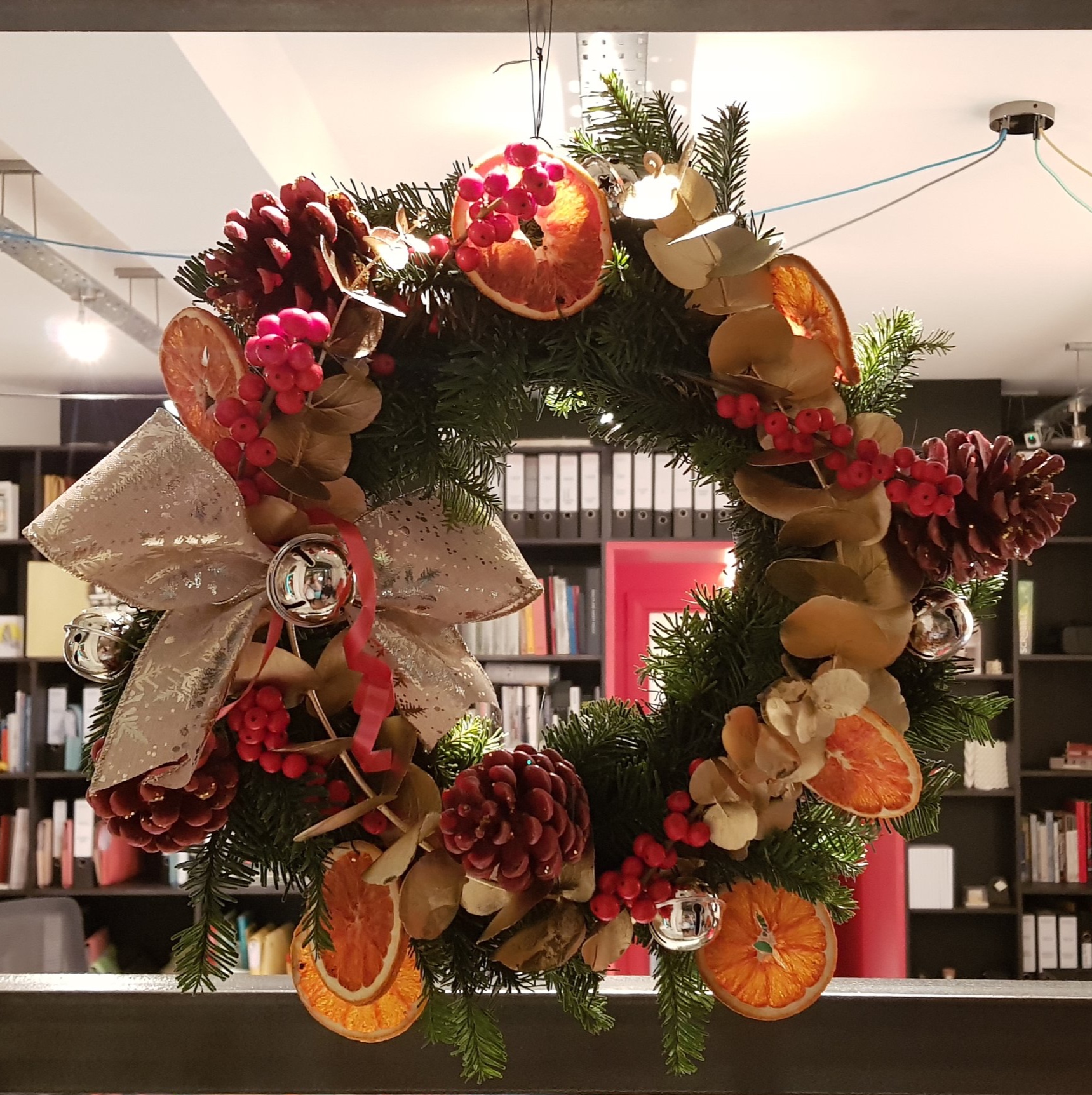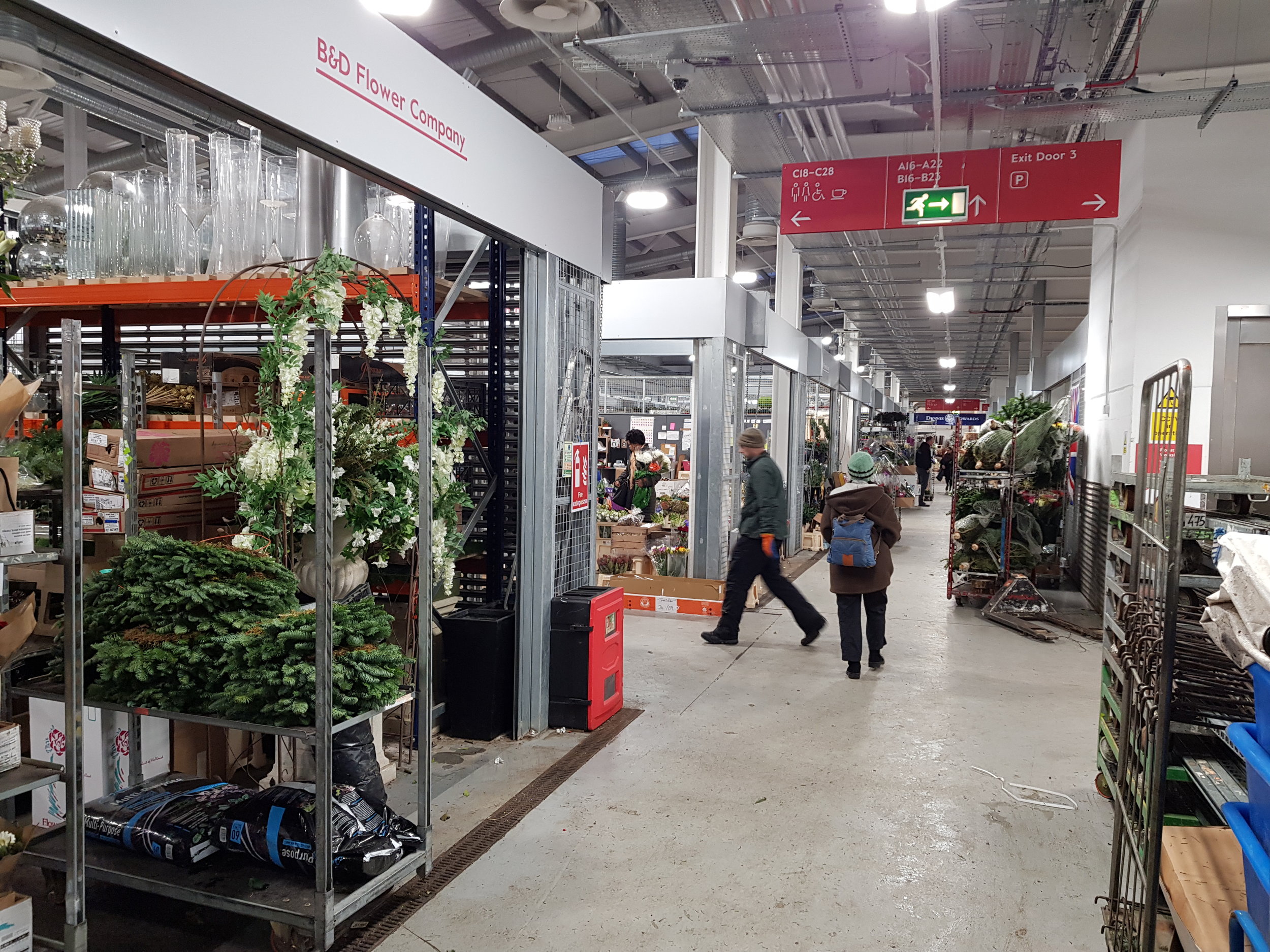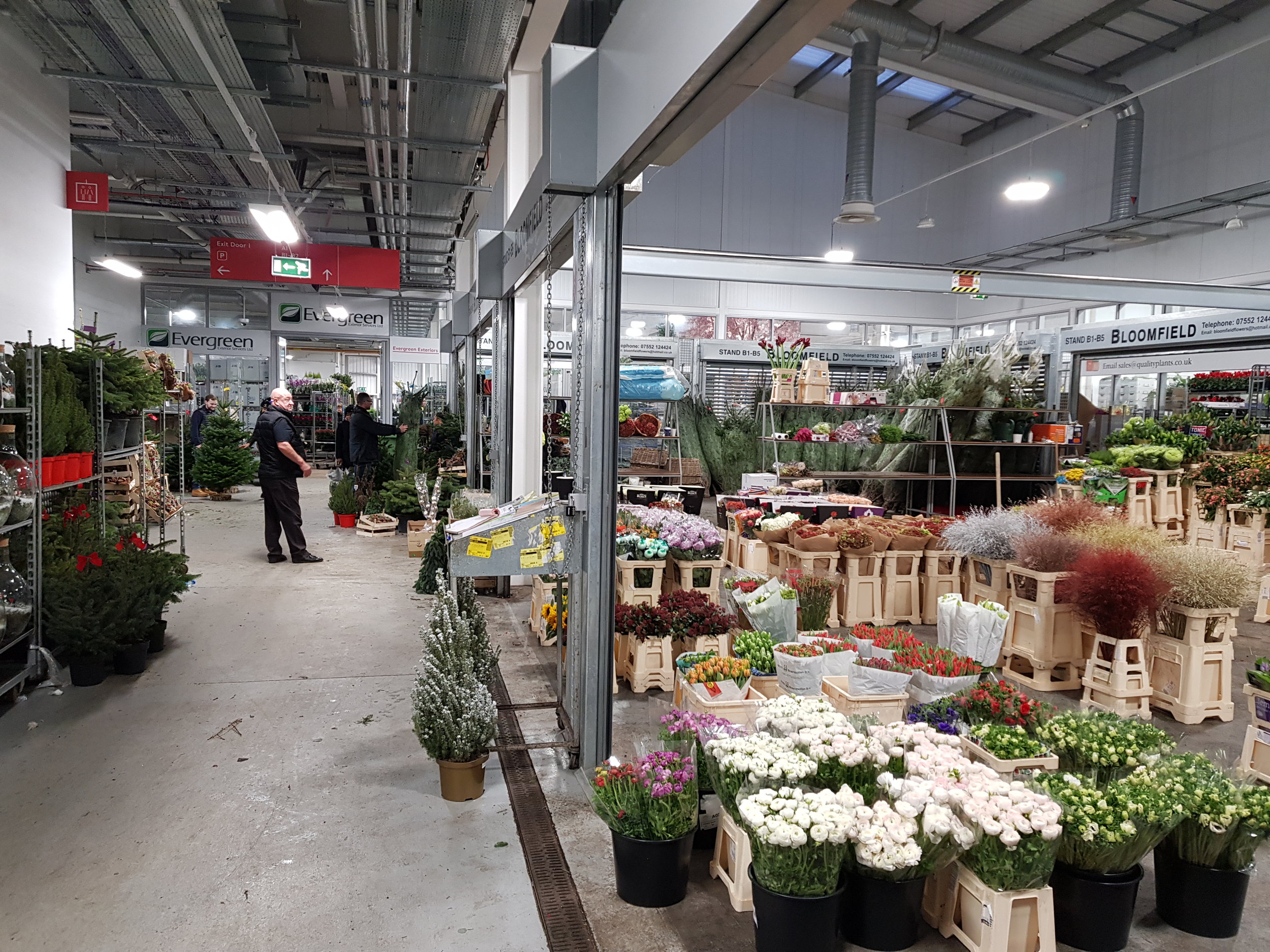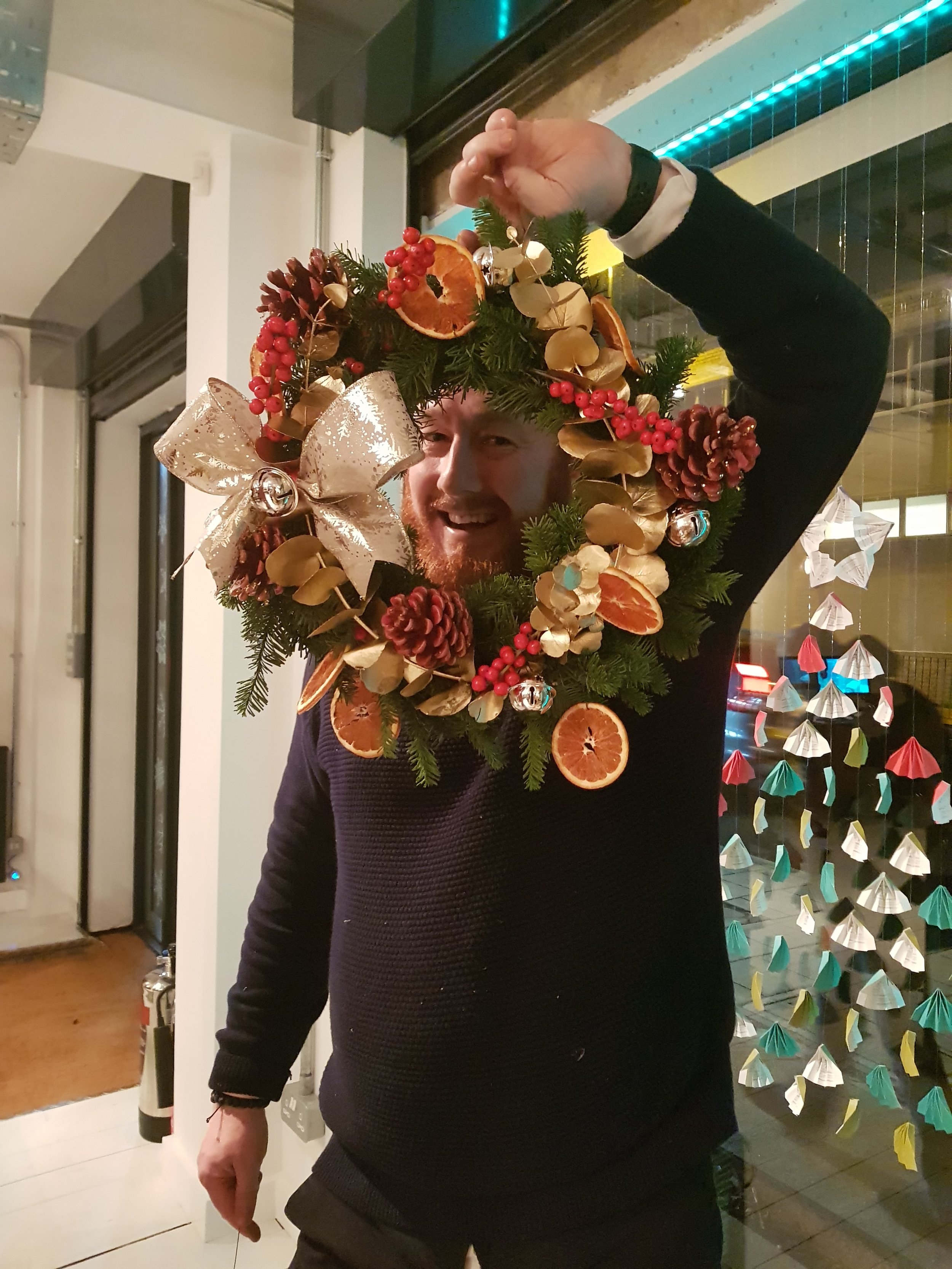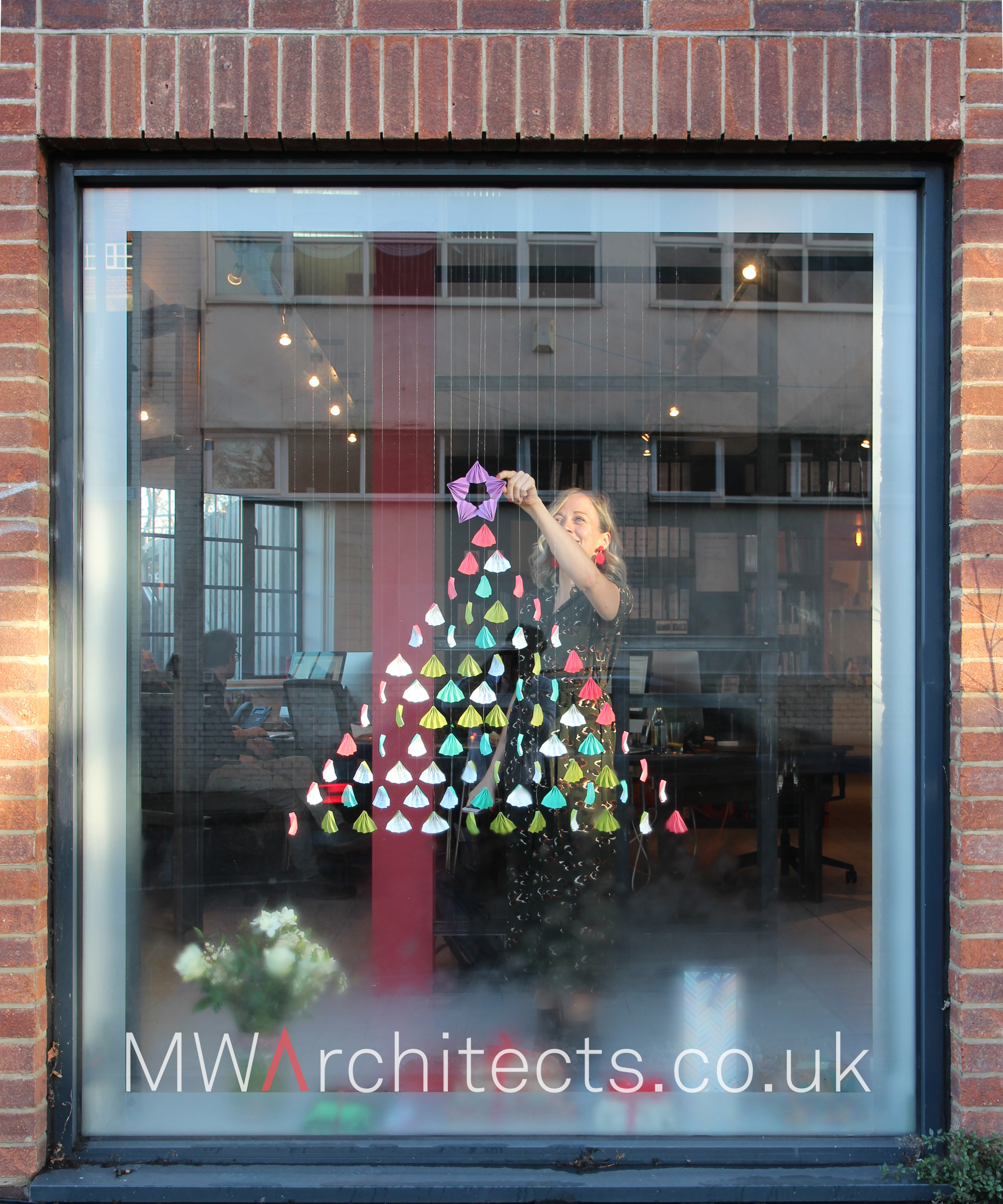Just before we all broke up for the Christmas holidays we had a party at our new studio. Part of the reason we are so excited at the new studio space is that it provides us with room to be a little more hands-on and practical - for example we now have a dedicated area to make models, a great surface for printing inks on and even room to set up the drawing board!
We thought that a good way to celebrate Christmas in the new studio and provide a first opportunity for ‘making’ would be to have a practical Christmas party. So we invited the wonderful artist and florist Grace A Williams to our studio to run a wreath making workshop. Her work is closely tied into the crafts, practices and industries traditionally thought of as being in the female arena and floristry has been a part of some of her pieces in the past, for more information on her work please visit:
https://www.grace-a-williams.com
The day started early at the New Covent Garden flower markets in Battersea to buy the raw materials - a bustling working market full of boisterous characters and good cheer. Then onto Borough markets to pick up the other raw material required for a Christmas party - food and booze - before heading back to our studio for the workshop.
Whilst we were all novices and starting from scratch was a lot harder than it first appeared, over the course of a few hours we had a great laugh and produced some very fine looking wreathes to adorn our front doors and tables over the holidays. A few pictures can be found here:

